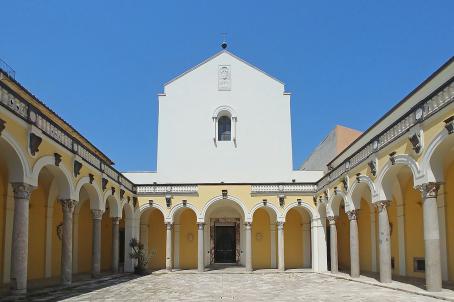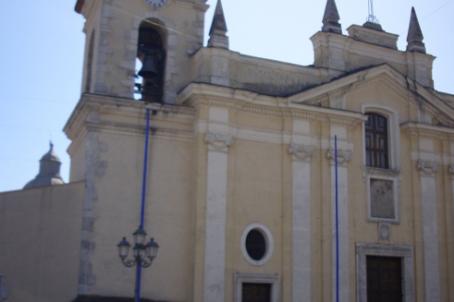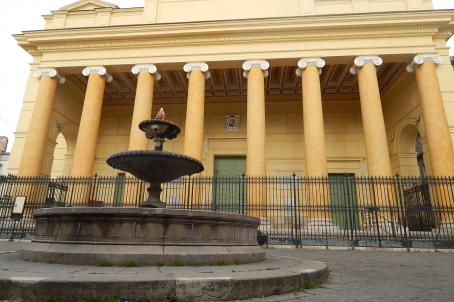Caiazzo Cathedral
The Cathedral of Caiazzo has been renovated several times over the centuries and the first transformations date back to the 10th century when Caiazzo became a diocese under Norman rule. At that time the church was probably built on a pagan temple, perhaps dedicated to Jupiter or Mars. Cathedral of the diocese of Caiazzo until 1986, it is currently co-cathedral of the diocese of Alife-Caiazzo.





